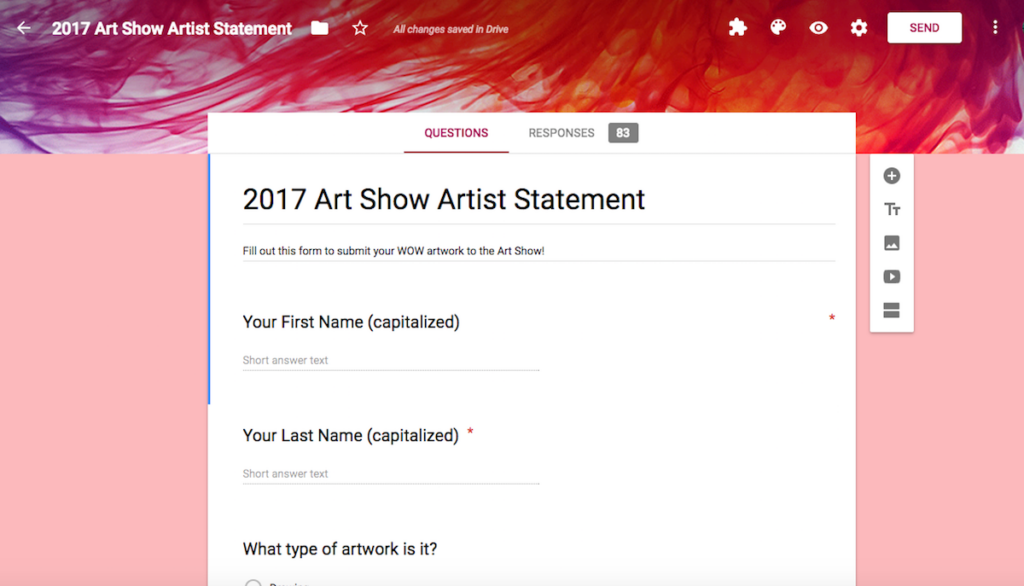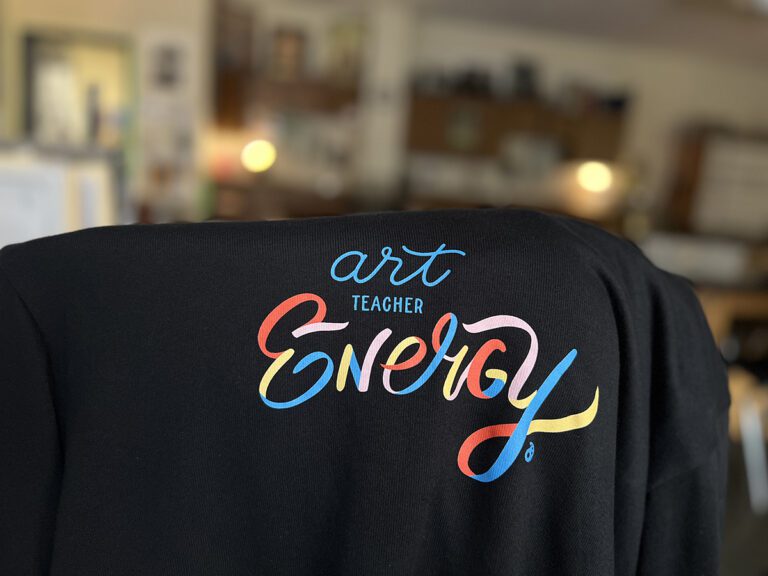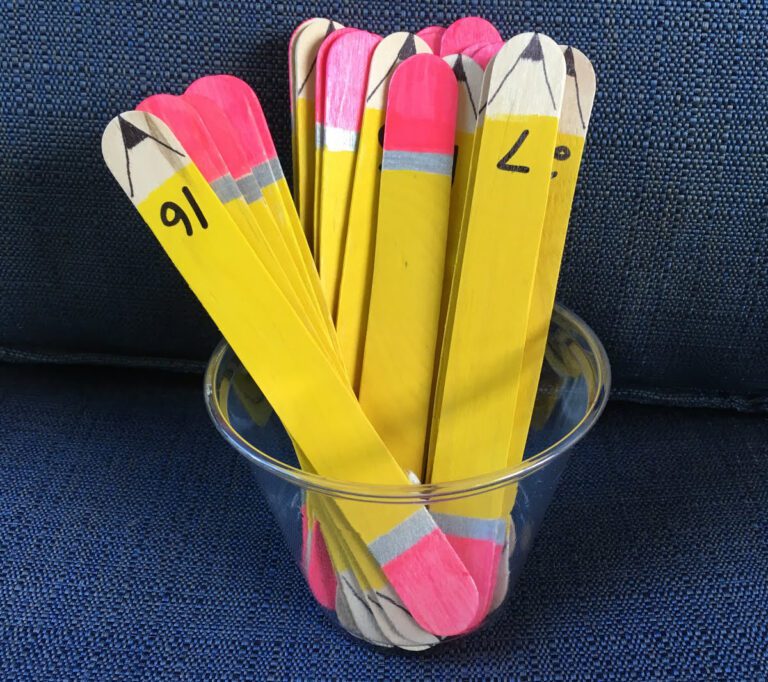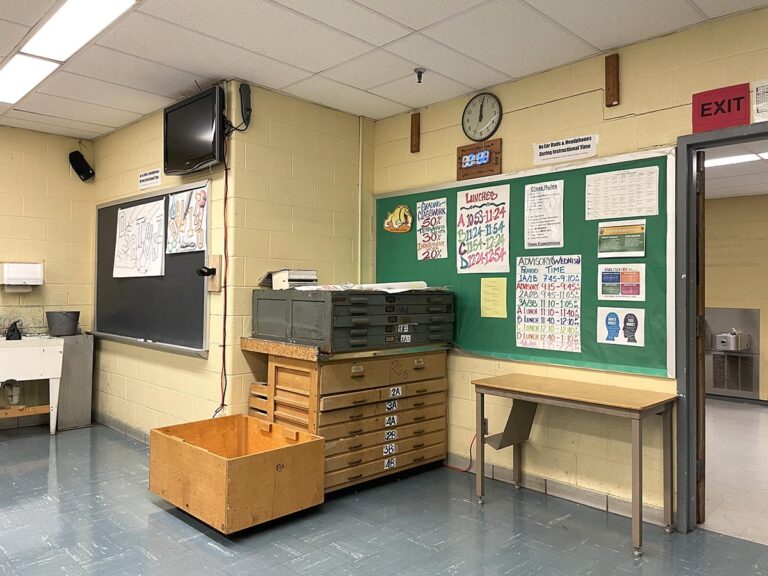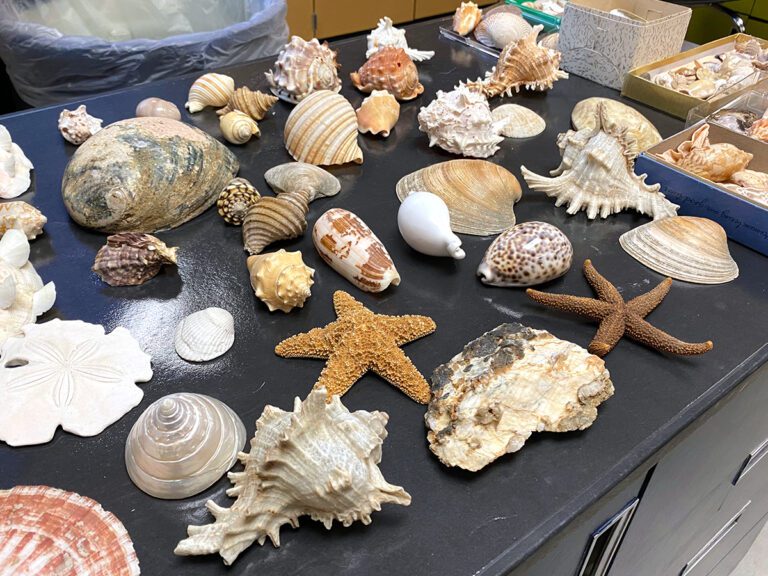Putting on an art show can cause some serious anxiety. There are so many logistics to think about from where to hold the show to how to physically arrange the art in the space. Perhaps no aspect is more nerve-wracking than what to include in the show. How on earth do you choose which pieces of art to display?
Well, what if you didn’t? What if you let your students choose?
Regardless of your teaching style, it can be difficult to let students decide what they want to show. There’s a lot of pressure to impress which leads most teachers to hand-select students’ best pieces. However, when students are able to choose, they feel an amazing sense of pride and ownership.
If you’d like to let your students choose their own artwork for a show, here are 3 important tips to keep in mind.
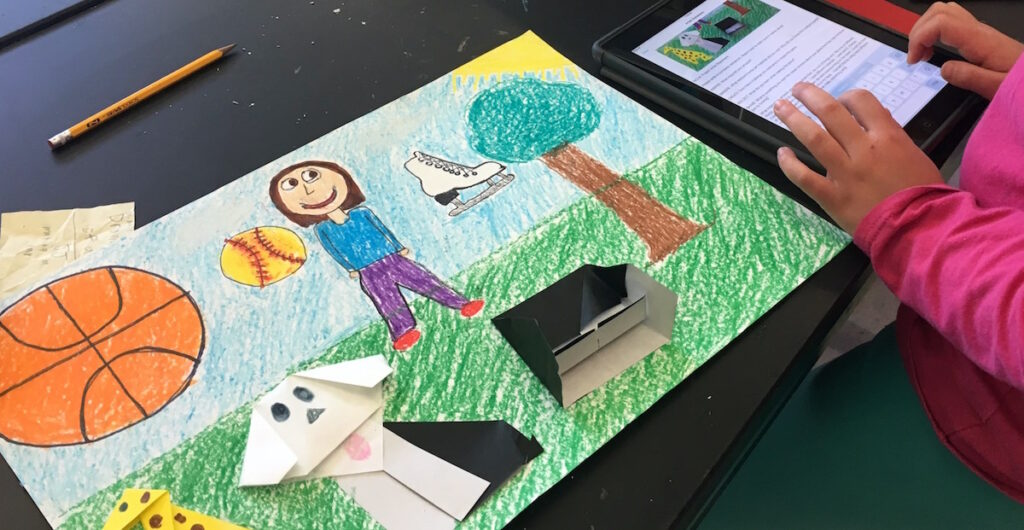
1. Set Some Basic Criteria
You don’t have to accept artwork that is incomplete, poorly planned or poorly crafted. Create criteria each piece must meet in order to be considered “Art Show Quality.” You can see an example below.
Artwork for the art show must:
- Be original
- Be well-planned out
- Be carefully crafted
- Take a significant amount of time
- Receive peer and teacher feedback
- Include an artist statement
Develop your own set of criteria for your particular age group and teaching style.
2. Display Artist Statements at the Show
It’s always a good idea to let your students speak for themselves. Many adults suffer from the misconception that “good” child art looks like an adult made it. Sometimes a piece of artwork that is difficult for adults to understand requires an explanation in the words of the artist. It’s amazing what you’ll find out about the artwork of a child if you ask.

For students who struggle with writing, ask for help from parent volunteers. Scribing an artist statement for a student helps them to talk about their art in a more in-depth way. Volunteers may even be able to print and mat them for you! It’s always a good idea to provide guiding questions or a planning sheet to get students started.
3. Create a system to collect art throughout the year.
It’s no secret that it’s easier to plan for an art show when you think ahead. To give students time to select their favorite work, set up a collection system early in the year or grading period.
Here is one system to try:
- Create an “Art Show Box” and leave it out in a prominent place in your art room.
- Decide how many pieces of art you want each student to submit to the show. Then, give each student that number of clothespins and have them write their names on them. Store all the clothespins in zip top bags separated by class.
- Create printed artist statement labels students or parent volunteers can use. Alternately, set up a Google Form students can access to fill out their artist statements. Either way, for each piece, ask students to provide their name, title of the work, and artist statement.

This way, any time a student wants to submit a piece of art to the art show, everything is already in place. The student simply fills out an artist statement sheet, finds one of their clothespins, clips their statement and art together, and puts it in the box!
The beauty of this system is that you can collect all of the artwork in one safe place. If you have a lot of students, consider keeping a different bin for each grade level.
The clothespins are great because they naturally limit how many pieces students can put in the show. If a student wants to add a new piece, they must swap it out with an old one. On the flip-side, if a student hasn’t submitted anything and the end of the grading period or year is nearing, you’ll be able to tell and help the student choose a few things to set aside.
Let’s be honest. If you see a piece of artwork begging to be shared or a piece of artwork you think needs some more work, step in and discuss it with the artist. Use the art show to teach students how artists prepare and present their artwork to an audience. It will be a much more meaningful experience for your students!
How do you collect artwork for your art show?
Do you have any other tips to share about letting students choose their own work?
Magazine articles and podcasts are opinions of professional education contributors and do not necessarily represent the position of the Art of Education University (AOEU) or its academic offerings. Contributors use terms in the way they are most often talked about in the scope of their educational experiences.

